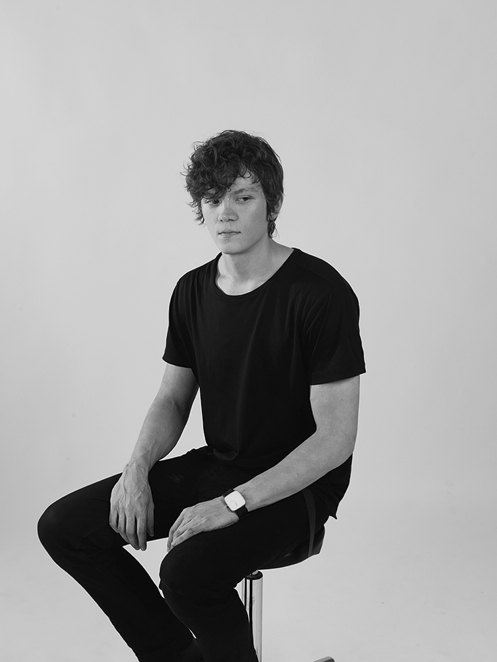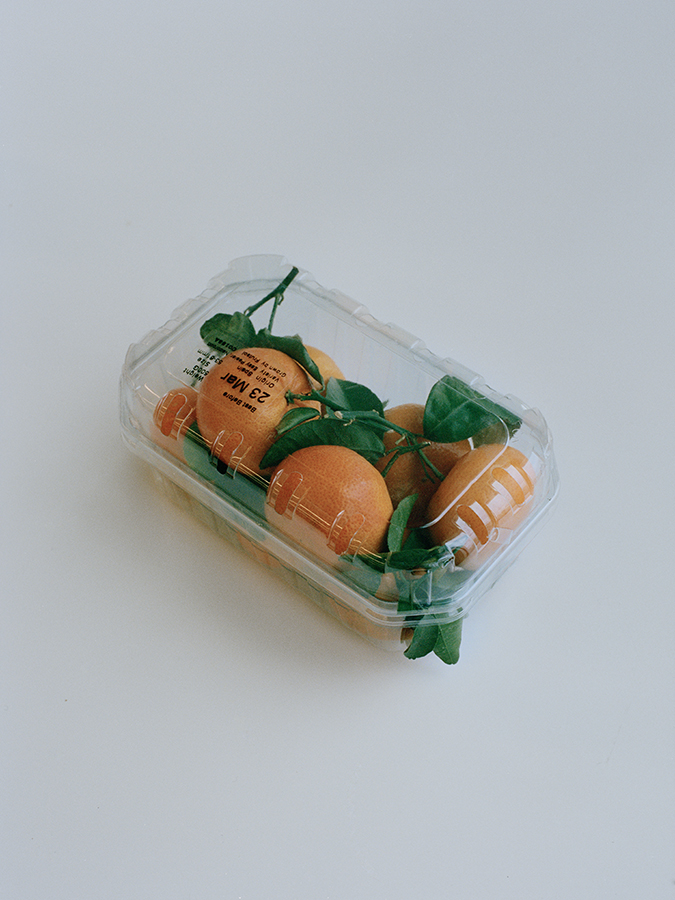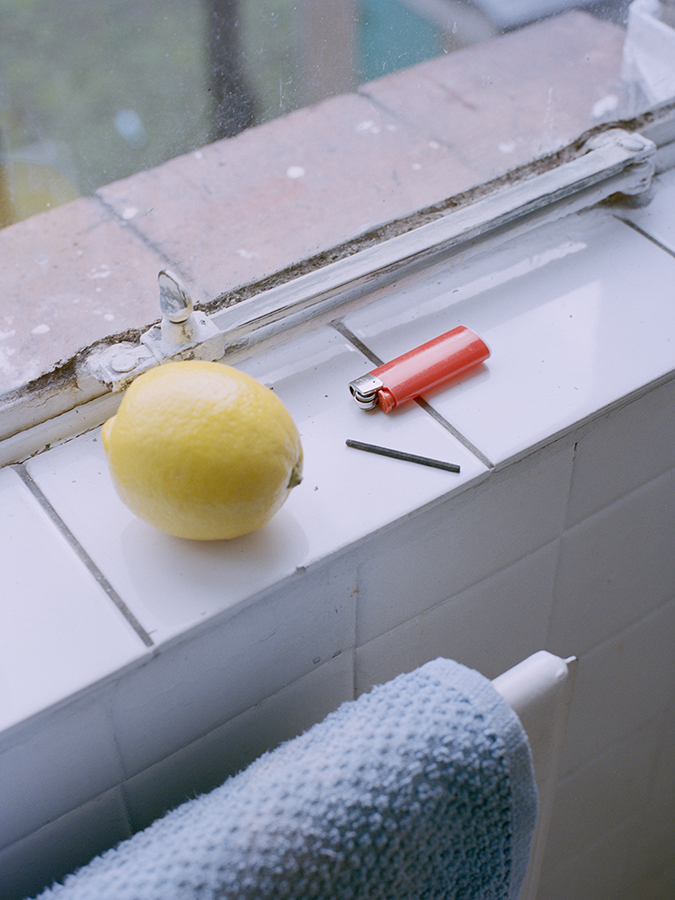OSMA HARVILAHTI
PEOPLEText: Mike Sullivan
“Photography allows to me to do fun things that could otherwise as ridiculous, absurd, dangerous, adventurous or forbidden.”
Osma Harvilahti is a young photography based in Helsinki; he is currently making quite a big impact in the world with his name becoming well known. His clients include BBC (major British broadcaster), the world famous Marimekko brand and the other famous giant of Finland, Nokia. His background is a little different from other artists, he graduated from the University of Helsinki in Sociology and media while at the same time as making his name as a photographer. His work has been described as dreamlike and ethereal while his personality reflects a man with a lot of ambition, he is a rising star in Finland and is well on his way to becoming a rising star of the world.

Please introduce yourself and your work.
Hello, I’m a photographer working mainly between Helsinki and London. My interests are food, photography, and colours. Most of my work is based around studying form, colour, patterns and how the combinations of these vary and are used in different cultures.

What is your choice of camera for a planned shoot, or just for spontaneous photos when travelling?
I usually work with either a Canon 5D mk2 with a 24-70 4.0 zoom (quick and easy) or Hasselblad H5D (large and bulky but nice and firm to shoot with). During my travels I carry my Mamiya 645 PRO with a 80mm 1.9 lens attached to it. Most of my personal work is shot with this combination.

What photography projects have you been working on recently?
Recently I’ve spent a lot of time traveling and shooting both personal and assigned work. My next bigger project is traveling to Japan and working with some Japanese talents as well as shooting new personal material. Some of my recent commercial/assigned shoots include clients like Nokia, Nowness, Monocle Magazine, Inventory and Printed Pages magazine.

Where do you get your inspiration from when planning a shoot?
Inspiration is collected from various sources and very often my pictures are based on my older work and compositions. I’m also using Pantone coulour charts to come up with my colours.Lately I’ve been inspired by delicate Japanese aesthetics which is in a big contrast between the beauty I found during my recent trips to North and East Africa.

Your work has consisted of settings which are very natural, yet at times very dreamlike. How do you manage to work with such contrasting concepts?
Well I suppose I’m looking to combine documentary material with more arranged and imaginary ingredients. Sometimes I reproduce moments and things I’ve seen but wasn’t able to capture. Still it’s very important for me to create pictures where the viewer isn’t completely sure whether it’s a snapshot or something completely arranged.

You mentioned travelling around a lot and the need to reach for new challenges; do you think that seeing new sights and cultures is part of the origin of your creativity? Or is it just part of your process for creating new material?
It feels like it’s important to reflect my ideas and aesthetics through the colours and material I find from different cultures. Mostly I look at thing from the same point of view but I feel I have succeeded if I get to translate the representations of different cultures to my own visual language.

How do you feel about the photographic industry in Finland?
It is nice and safe to be a photographer in Finland. There are many talented people in the industry but sometimes it feels like the safety of the field suffocates the creativity. This is why I’m constantly working abroad and reaching for new challenges.

I heard that you are going to publish your first book this year;
could you tell us about it?
My first book is going to be published before November 2013 and it’s published by Èditions du LIC. I’m pretty sure it will be sold in Japan and quite widely around the world.

Where would you find a photographer’s perfect location in Finland?
It’s hard for me to get inspired here since I’ve spent most of my life here and since I now spend a lot of my time at the studio I suppose that’s my answer. It used to be the forest/nature but now it’s the “blank canvas” that can be moved anywhere.
Text: Mike Sullivan
Photos: Courtesy of the artist © Osma Harvilahti




